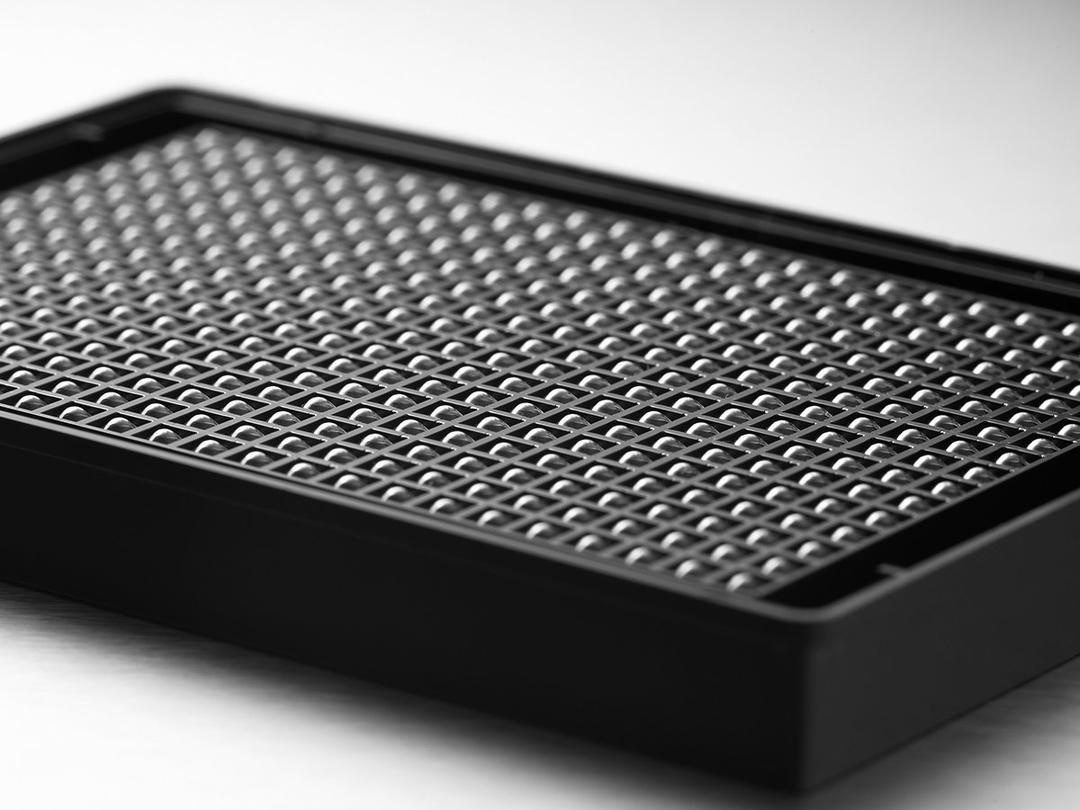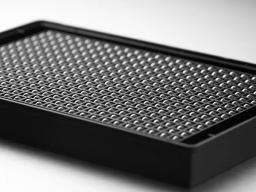Corning® 384-well Black/Clear Round Bottom Ultra-Low Attachment Spheroid Microplate, with Lid, Sterile
Ultra-Low Attachment microplates feature a covalently bound hydrogel layer that effectively inhibits cellular attachment Surface minimizes protein absorption, enzyme activation and cellular activation Surface is noncytotoxic, biologically inert and nondegradable Sterilized by gamma irradiation Black wall microplates have low background fluorescence, minimal light scatter and reduced crosstalk Opaque walls to prevent wel…

The supplier does not provide quotations for this product through SelectScience. You can search for similar products in our Product Directory.
Grow 3D structures without much assay development or special equipment.
Culturing cancer spheroids
It's easy to grow many cancer cell lines into 3D spheroids in these 384 well plates for performing toxicity studies. I've been successful with HCT116, DU145, HepG2, U2OS, and MCF7 cells forming either tight or loose 3D spheroids depending on the cell type. After simply allowing the spheroids to grow for 3-7 days, they can be treated, stained, and assayed directly in the round-bottom plate even if imaging on an automated high-content system (I used ImageXpress Micro). It took a short development time and did not require figuring out how to use an out of the ordinary labware consumable.
Review Date: 16 Jul 2020 | Corning Life Sciences
- Ultra-Low Attachment microplates feature a covalently bound hydrogel layer that effectively inhibits cellular attachment
- Surface minimizes protein absorption, enzyme activation and cellular activation
- Surface is noncytotoxic, biologically inert and nondegradable
- Sterilized by gamma irradiation
- Black wall microplates have low background fluorescence, minimal light scatter and reduced crosstalk
- Opaque walls to prevent well-to-well crosstalk
- Can be used for both top and bottom reading instruments
- Bulk packed 5 per bag
- Novel well geometry aids formation of spheroids in center of well
- Optically clear round bottom with black opaque microplate body




